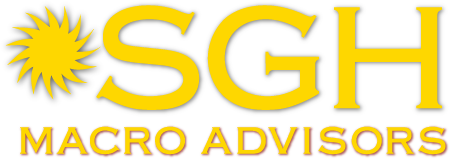SGH reports are highly valued for helping clients understand and stay ahead of the news cycle on central banks and macro policy events that drive the global economies and financial markets.
SGH Macro Advisors hosts occasional roundtables and events for clients and senior policymakers. Contact us for more information.
